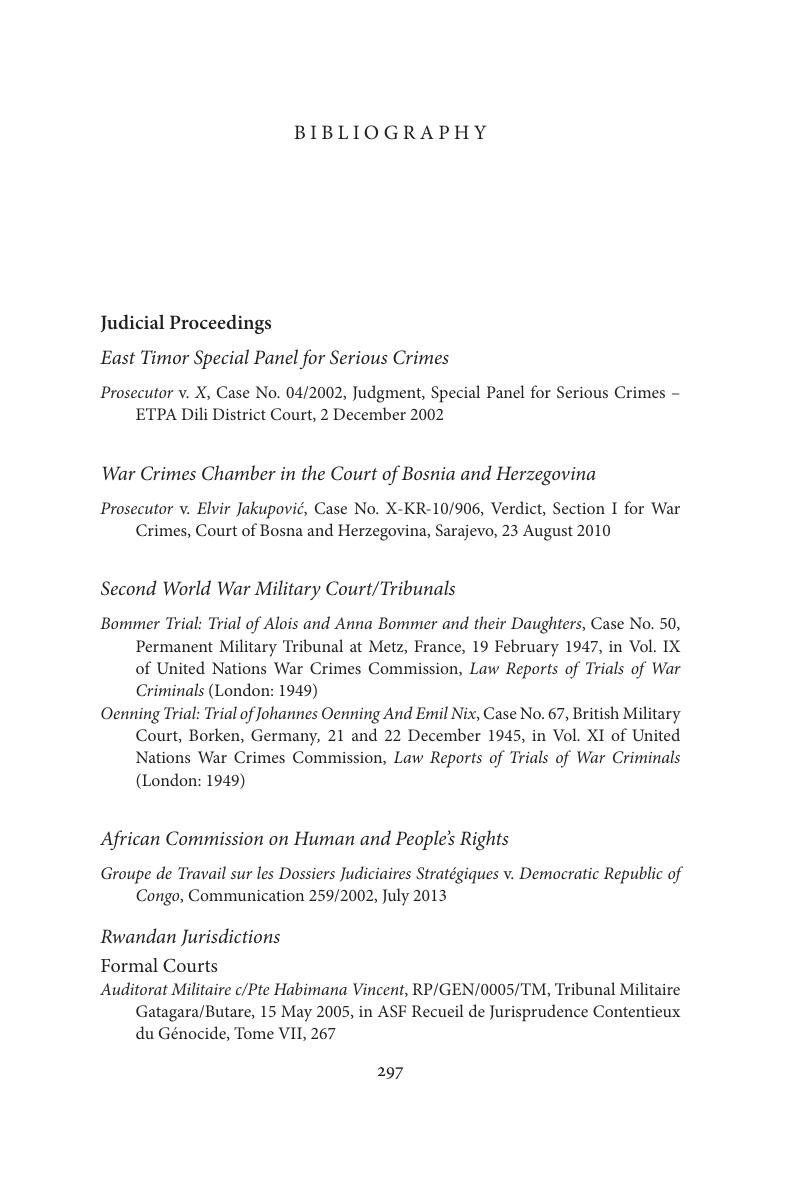Book contents
- Child Perpetrators on Trial
- Child Perpetrators on Trial
- Copyright page
- Epigraph
- Contents
- Foreword
- Preface and Acknowledgements
- Abbreviations
- 1 Introduction
- 2 International Standards on Child Perpetrators of Atrocities
- 3 Putting International Standards into Practice
- 4 Rwanda: Setting the Context
- 5 Rwanda’s Responses, in Law, Policy and Practice, to Child Génocidaires
- 6 International Actors and the Rwandan Child Génocidaire
- 7 UNICEF Rwanda’s Policy and Advocacy: A Strategic Approach
- 8 Evaluating UNICEF Rwanda’s Approach
- 9 Child Perpetrators and Child Rights: Rwanda and Beyond
- Book part
- Bibliography
- Index
- References
- Child Perpetrators on Trial
- Child Perpetrators on Trial
- Copyright page
- Epigraph
- Contents
- Foreword
- Preface and Acknowledgements
- Abbreviations
- 1 Introduction
- 2 International Standards on Child Perpetrators of Atrocities
- 3 Putting International Standards into Practice
- 4 Rwanda: Setting the Context
- 5 Rwanda’s Responses, in Law, Policy and Practice, to Child Génocidaires
- 6 International Actors and the Rwandan Child Génocidaire
- 7 UNICEF Rwanda’s Policy and Advocacy: A Strategic Approach
- 8 Evaluating UNICEF Rwanda’s Approach
- 9 Child Perpetrators and Child Rights: Rwanda and Beyond
- Book part
- Bibliography
- Index
- References
Summary

- Type
- Chapter
- Information
- Child Perpetrators on TrialInsights from Post-Genocide Rwanda, pp. 297 - 340Publisher: Cambridge University PressPrint publication year: 2019



